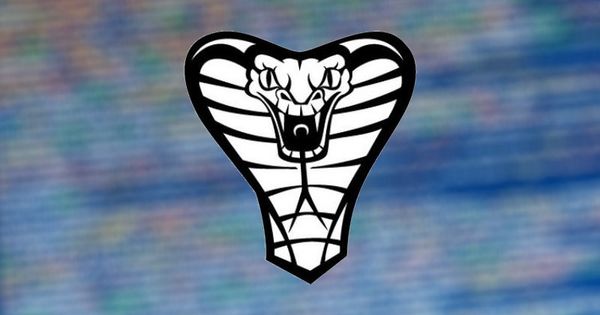US Government issues alert about North Korean "Hidden Cobra" cyber attacks

The FBI and US Department of Homeland Security have issued an alert that hackers have targeted the aerospace industry, financial services and critical infrastructure with a remote access trojan (RAT) to further exploit vulnerable networks.
In a US-CERT alert the attacks are blamed on a group of hackers known as “Hidden Cobra” working for the North Korean government.
Hidden Cobra, also known as the Lazarus Group or Guardians of the Peace, have been active since at least 2009, and have made a name for themselves through their use of RATs, DDoS botnet attacks, keylogging spyware, and data-wiping malware against foreign companies.
In the past, the US Government has even pointed the finger of blame at Hidden Cobra for the WannaCry ransomware attack, a claim which North Korea subsequently (and unsurprisingly) denied.
According to US-CERT, the Hidden Cobra group has been using the FallChill RAT since 2016 in a campaign targeting the aerospace, telecoms, and finance industries – delivering the attack either as a file dropped by other malware, or through files unwittingly downloaded from compromised websites.
Once in place, the malware allows remote hackers to send commands from a command-and-control server to infected PCs in order to access files, plant additional malware, and delete digital evidence that they were ever present.
US-CERT details FallChill’s built-in capabilities for remote operations:
- retrieve information about all installed disks, including the disk type and the amount of free space on the disk;
- create, start, and terminate a new process and its primary thread;
- search, read, write, move, and execute files;
- get and modify file or directory timestamps;
- change the current directory for a process or file; and
- delete malware and artifacts associated with the malware from the infected system.
If not stopped, the malware could allow remote hackers to steal sensitive data or intellectual property, disrupt operations, cause harm to an organisation’s reputation, or cause financial damage.
To better defend against the North Korean attacks, organisations are advised by US-CERT to look for indications of compromise – detailed within the alert – by reviewing network logs for IP addresses, and using a variety of network signatures and host-based rules.
In addition, the US Government has warned that the Hidden Cobra group has been using a Trojan horse called Volgmer in attempts to secretly compromise systems at government, financial, automotive, and media industries. Volgmer, US-CERT reports, is suspected of being primarily delivered via spearphishing email attacks.
Aside from looking for specific indications of compromise, the best defence is to adopt a layered approach to protect your organisation. That means keep up-to-date with the latest operating system and application patches, maintain security software with the latest updates, restrict users’ privileges to limit the capabilities of any malware they may unintentionally try to execute, be wary of unsolicited email attachments and links, and avoid enabling macros.
tags
Author
Graham Cluley is an award-winning security blogger, researcher and public speaker. He has been working in the computer security industry since the early 1990s.
View all postsRight now Top posts
How to Identify and Protect Yourself from Gaming Laptop Scams
February 11, 2025
Your Device ‘Fingerprint’ Will Go to Advertisers Starting February 2025
December 24, 2024
Beware of Scam Emails Seeking Donations for UNICEF or Other Humanitarian Groups
December 19, 2024
FOLLOW US ON SOCIAL MEDIA
You might also like
Bookmarks








